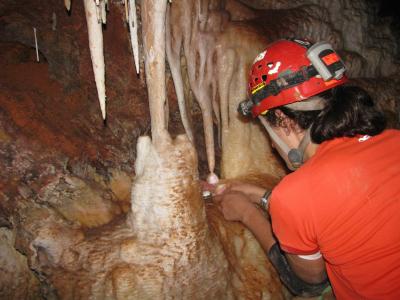
© Christian Miller/iStockNow where did all that carbon go?
Fire sweeping through the inner solar system may have scorched away much of the carbon from Earth and the other inner planets.
Though our planet supports carbon-based life, it has a mysterious carbon deficit. The element is thousands of times more abundant in comets in the outer solar system than on Earth, relative to the amount of silicon each body contains. The sun is similarly rich in carbon. "There really wasn't that much carbon that made it onto Earth compared to what was available," says
Edwin Bergin of the University of Michigan in Ann Arbor.
The conventional explanation for the deficit argues that in the inner region of the dust disc where Earth formed, temperatures soared above 1800 kelvin, enough for carbon to boil away. But observations of developing solar systems suggest that at Earth's distance from the sun the temperature would be too cool to vaporise carbon dust.
Now a team of astronomers says that fire is to blame. Hot oxygen atoms in the dusty disc would have readily combined with carbon, burning it to produce carbon dioxide and other gases, say Jeong-Eun Lee of Sejong University in Seoul, South Korea, and colleagues, including Bergin, in a paper to appear in
The Astrophysical Journal Letters (
arxiv.org/abs/1001.0818). Any solid carbon in the inner solar system would have been destroyed within a few years, they calculate.
